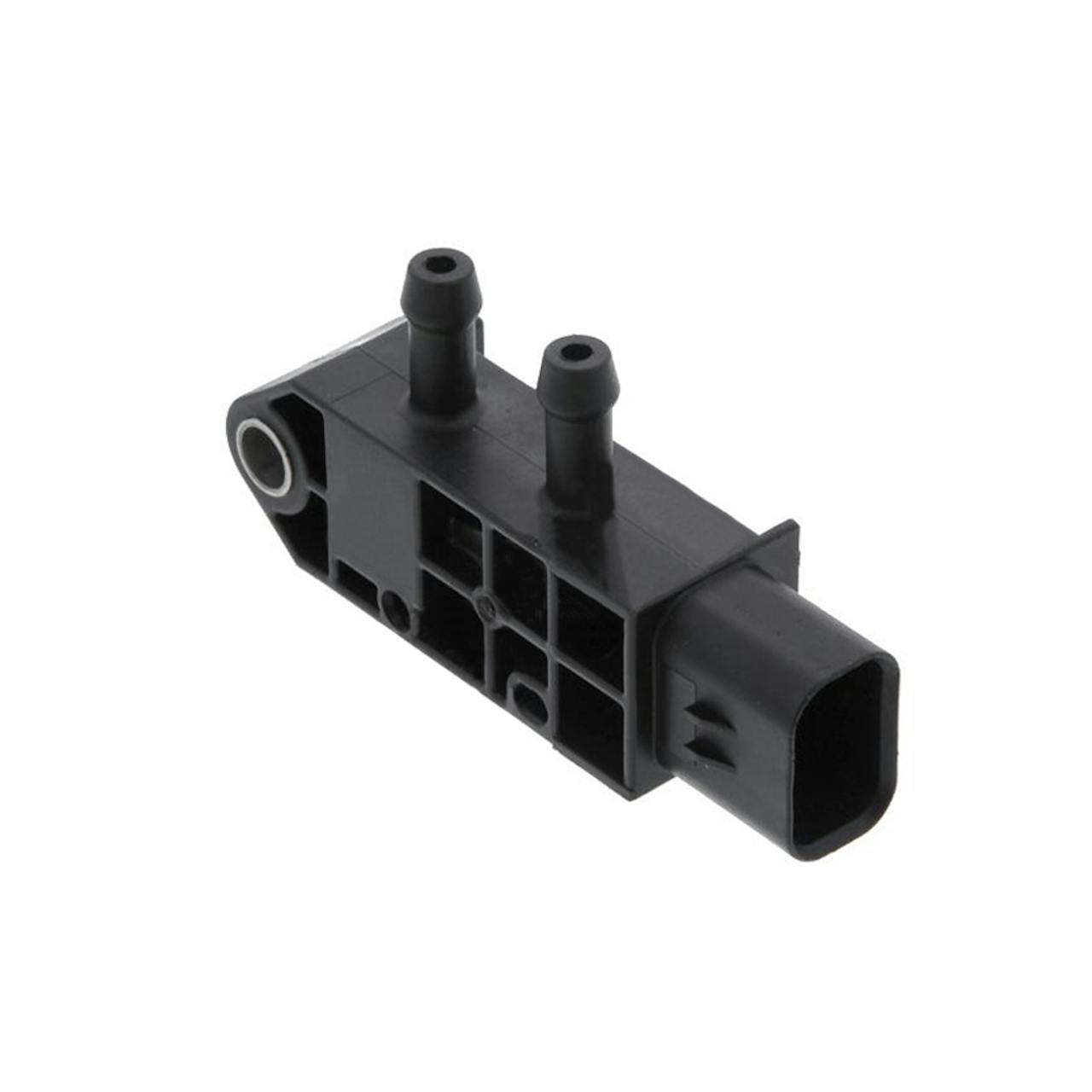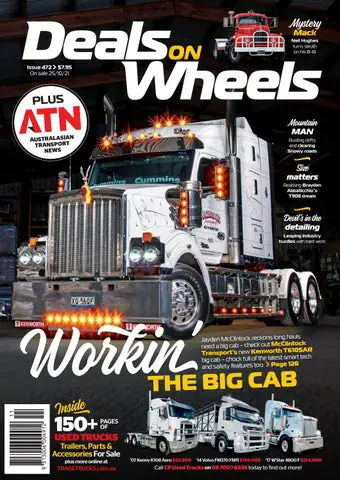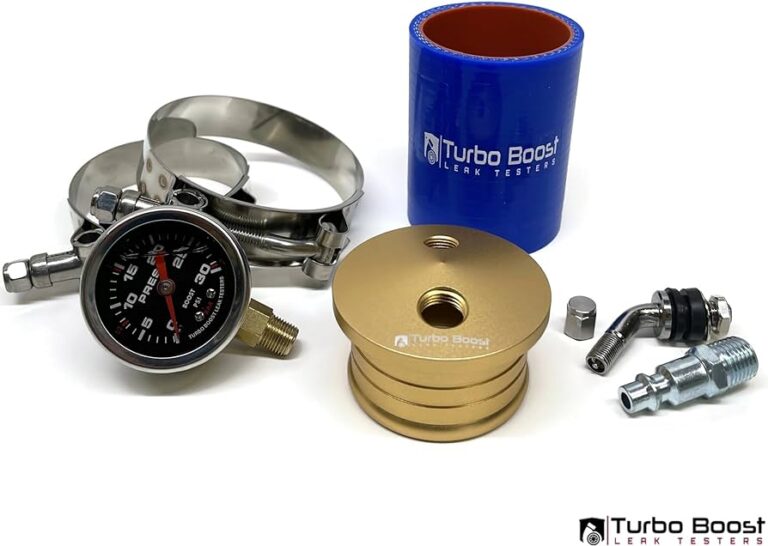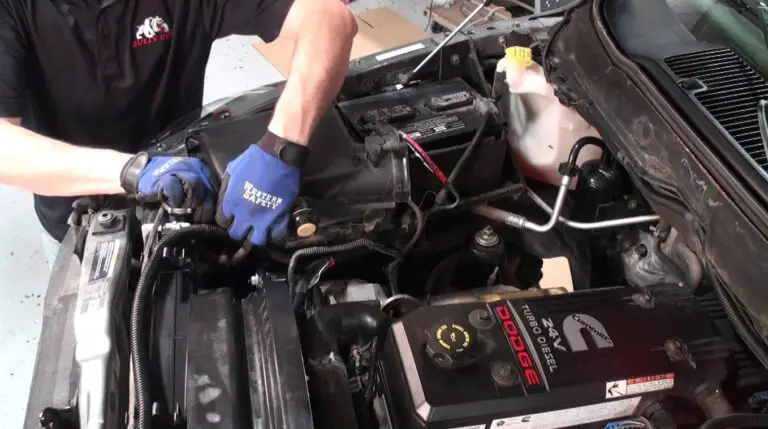Cummins Isx12 Exhaust Gas Pressure Sensor Location: The Ultimate Guide
The Cummins ISX12 exhaust gas pressure sensor is typically located at the engine outlet, just before the turbocharger, and sometimes there may be an additional sensor before the diesel particulate filter.

Credit: www.raneystruckparts.com
Understanding The Exhaust Gas Pressure Sensor
An exhaust gas pressure sensor is a component used in Cummins ISX12 engines to monitor the pressure of the exhaust gases. It is responsible for measuring the pressure in the exhaust system and transmitting this information to the engine control module (ECM). The ECM then uses this data to optimize the engine performance, fuel efficiency, and emissions.
Function and role of the sensor in Cummins Isx12 engines
The exhaust gas pressure sensor in Cummins ISX12 engines plays a crucial role in ensuring the engine operates efficiently and meets emissions standards. It helps the ECM make accurate calculations for various engine parameters such as fuel injection timing, exhaust gas recirculation (EGR) control, and turbocharger performance. By monitoring the exhaust gas pressure, the sensor helps maintain optimal combustion conditions and reduces the risk of engine damage.
The exhaust gas pressure sensor is typically located at the engine outlet, just before the turbocharger. It consists of a sensing element, which may be a pressure transducer or a thermistor, and a housing that protects the sensing element from environmental factors. The sensor may also feature a connector for electrical connections to the ECM. Some Cummins ISX12 engines may have multiple exhaust gas pressure sensors, located at different points along the exhaust system for enhanced monitoring and control.
Location Of The Exhaust Gas Pressure Sensor
Where is the exhaust gas pressure sensor located? The primary location of the sensor is at the engine outlet, just before the turbocharger. In some cases, there may be a secondary sensor located before the diesel particulate filter. Additionally, there may be a third sensor located at the outlet of an emission control device. The exhaust gas pressure sensor plays a crucial role in monitoring the pressure of the exhaust gases in the system. It helps in ensuring the efficient operation of the engine and detecting any potential issues. A malfunctioning sensor can lead to symptoms such as increased fuel consumption and poor engine performance. It is important to regularly check and replace the sensor if necessary to maintain optimal engine performance.
Signs Of A Faulty Exhaust Gas Pressure Sensor
The exhaust gas pressure sensor plays a crucial role in the performance of a Cummins engine. It is responsible for measuring the pressure of the exhaust gases and providing the necessary information to the engine control module (ECM). When this sensor starts to malfunction, several signs and symptoms may begin to manifest.
One of the most common signs of a faulty exhaust gas pressure sensor is increased fuel consumption due to the continuous injection of a rich mixture. This can lead to higher fuel costs and reduced efficiency.
Another symptom is a delayed response to the accelerator pedal. The engine may take longer to accelerate or may not respond as expected when you press the pedal.
Poor engine performance is also a result of a faulty sensor, caused by obstructed exhaust flow. This can lead to decreased power, reduced acceleration, and overall sluggish performance.
If you notice any of these signs in your Cummins engine, it is recommended to have the exhaust gas pressure sensor checked and replaced if necessary. A properly functioning sensor is crucial for optimal engine performance and fuel efficiency.
Replacing The Exhaust Gas Pressure Sensor
|
Replacing the Exhaust Gas Pressure Sensor
Replacing the exhaust gas pressure sensor in a Cummins Isx12 engine is a straightforward process that can be done with a few basic tools and equipment. Follow this step-by-step guide:
|
Tools and Equipment Required
|
Maintaining And Troubleshooting The Exhaust Gas Pressure Sensor
|
The exhaust gas pressure sensor is a critical component of the Cummins ISX12 engine. It is responsible for monitoring the pressure of the exhaust gas and transmitting data to the engine control module. Regular maintenance and inspection of the sensor are essential for optimal performance and to avoid potential issues. When it comes to maintaining the exhaust gas pressure sensor, cleaning and calibration procedures are necessary. Cleaning the sensor periodically will ensure that it remains free from debris and buildup, which can affect its accuracy. Calibration ensures that the sensor provides accurate readings to the engine control module. If you encounter any issues with the exhaust gas pressure sensor, it is important to troubleshoot the problem promptly. Common issues include error codes related to the sensor. Troubleshooting these issues will help identify the root cause and allows for appropriate repairs or replacements. |
Frequently Asked Questions Of Cummins Isx12 Exhaust Gas Pressure Sensor Location
Where Is The Exhaust Gas Pressure Sensor Located?
The exhaust gas pressure sensor is typically located at the engine outlet, just before the turbocharger. In some cases, there may be a second sensor before the diesel particulate filter. Additional sensors, if present, can be found at the outlet of the emission control device.
Where Is The Exhaust Gas Pressure Sensor On A Cummins?
The exhaust gas pressure sensor on a Cummins is typically located at the front section of the exhaust manifold, above the exhaust manifold on the driver’s side of the engine.
What Are The Symptoms Of A Bad Exhaust Gas Pressure Sensor?
Symptoms of a bad exhaust gas pressure sensor include increased fuel consumption, delayed acceleration response, poor engine performance, and obstructions in the exhaust system. This sensor is usually located near the engine outlet or before the turbocharger.
What Does The Exhaust Gas Pressure Sensor Do?
The exhaust gas pressure sensor is located above the front section of the exhaust manifold. It is responsible for measuring the pressure within the exhaust system. When the sensor detects high pressure, it sends a signal to the engine control unit to adjust the fuel mixture and optimize engine performance.
Conclusion
The location of the Cummins ISX12 exhaust gas pressure sensor is crucial for diagnosing and troubleshooting engine issues. Typically, this sensor can be found above the front section of the exhaust manifold and is connected to it. It’s important to note that in some cases, a second sensor may be located before the diesel particulate filter, and a third sensor at the outlet of the emission control device.
Understanding the sensor’s location is essential for efficient maintenance and repairs.








